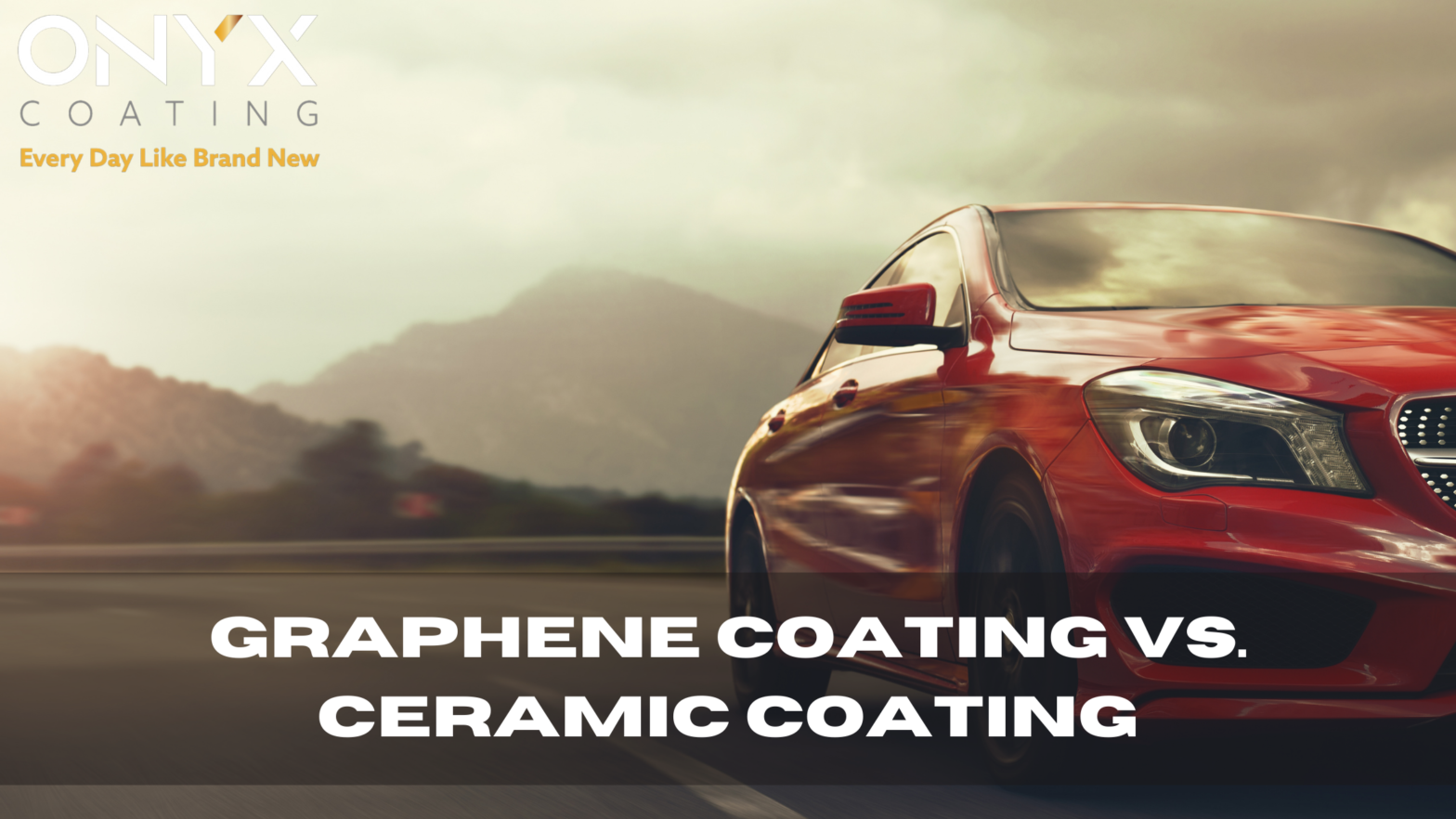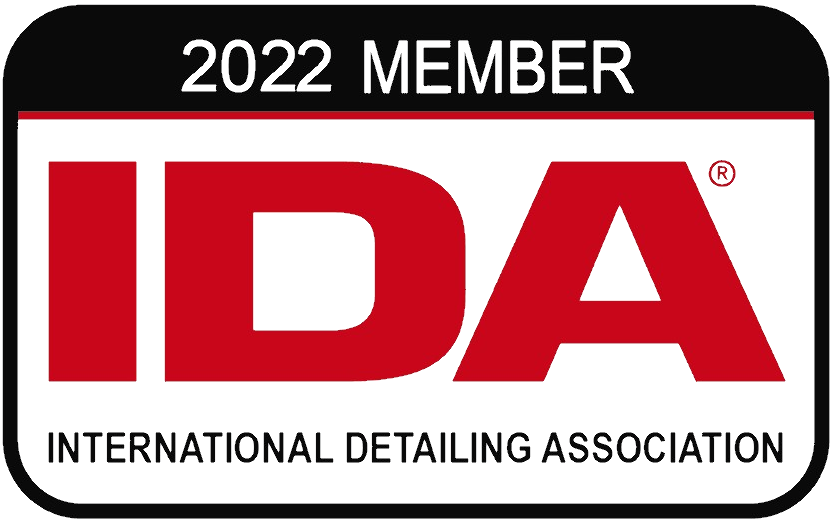Graphene coating vs. Ceramic coating application & performance

Graphene Ceramic Coatings are the latest innovational technology-infused products that have been shown to outperform ceramic coatings. This leads to the question, how exactly do they outmatch ceramic coatings both in application and performance?
In this blog article, we will discuss the differences between the two by digging into:
User experience
Application
Looks
Durability
To compare the two we have carried out a panel test by applying both coatings to the same panel and contrasting each coatings abilities through various tests. During this comparison, the first step was to apply the different coatings to separate panels. This comparison was done by trialing both coatings with various layers.
User experience
Firstly, application for both coatings can be a little bit difficult due to the consistency of the coating, this, however, does not make it difficult to apply it just simply means that you have to adjust your application technique. One downside to applying a graphene ceramic coating is that you will have to wipe it down straight away with a microfiber cloth as it flashes. If it isn’t done right away the surface could be left with streaks and marks. This helps the coating bond to the paint quickly and effectively as well as making sure it has been applied evenly.
Leveling and removing excess
When it comes down to removing excess coating the graphene coating was notably a little bit more difficult to work with. However, this does not take away from the fact that later we will notice that graphene coatings generally are worth the investment and difficulty of application as they beat using a ceramic coating.
For graphene ceramic coatings, to remove the excess coating you will have to wipe down the surface with a slightly wet microfiber towel. To remove the excess product when applying the ceramic coating, by simply wiping it down with a microfiber towel you can remove it with no issues.
Pro tip- When applying various layers keep this in mind
Graphene coatings tend to need more curing time in contrast to a ceramic coating, hence you need to let the first layer settle before moving onto the next. This all nonetheless depends on the brand that you purchase. Our general recommendation is to apply the second layer within 5-6 hours. If you apply it too soon it might break down the first layer and if you apply it too late it might not bond correctly to the surface.
Gloss and saturation
Both coatings will perform greatly and increase the glossiness and slickness of the surface. However, the graphene ceramic coating amplifies the finish of automotive paint to an extent where it does slightly surpass a general ceramic coating.
Slickness
Between the two any graphene coating will repeatedly beat and outperform a normal ceramic coating when it comes down to slickness. When tested on panels, the graphene ceramic coating showed that barely anything can stick to the surface. This is a quality that everyone wants in regards to choosing a ceramic coating.
Water Spotting resistance
As graphene coatings tend to be sleeker, they also outmatch general ceramic coating in respect to water spot resistance. When the panels were cleaned and left to dry, both showed that they barely had a water bead or spot marks. However, yet again the Graphene coating showed that it had fewer water spots between the two, in fact, the graphene-coated panel had none at all.
Hydrophobic behavior
A ceramic coating without a doubt is a great way to protect a car’s paintwork from any oil or liquids. In fact, it provides a hydrophobic barrier against both. However, Graphene ceramic coatings generally present hydrophobic behavior that is almost incomparable. When testing the graphene ceramic coated panel we found that the beads of water simply just slide off within seconds, no matter the angle the water was applied on.
Chemical resistance
To test this, we applied an alkaline-based cleaner to both panels. These have a habbit of breaking down an exterior protectant down quite quickly.
One of the graphene ceramic coating abilities is its hydrophobic behavior, when it comes to chemical resistance this is where this ability comes in handy. The hydrophobic layer prevents the chemicals from sitting or dwelling on the surface. This in turn stops the chemicals from penetrating the coatings and then damaging the paintwork.
We hope this has resolved some doubts you might have had concerning the abilities and capacities of each coating. Quality is extremely important when it comes to choosing a coating. Check out this blog on why you should avoid cheap ceramic coatings.



















